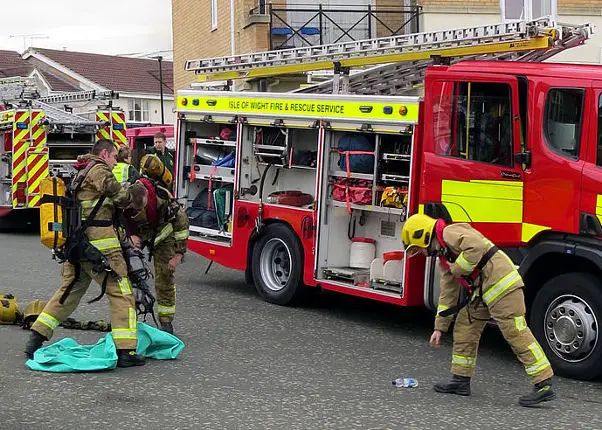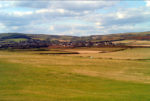This open letter is written by serving Isle of Wight Firefighters representing their views of the ongoing Service Review. It has been distributed by the Fire Brigades Union on their behalf to all members of the Isle of Wight Council ahead of plans to ‘revamp’ the service. Ed
Dear Councillor
We are contacting you at unavoidable short notice with our concerns about the forthcoming cabinet meeting to decide and approve the restructuring of the Isle of Wight Fire and Rescue Service.
We have been told the options are no longer being put forward for public consultation and would urge you to question why this process is being rushed through.
It states in the committee report that the IWFRS has engaged all staff and trade unions through the service review. As a workforce, we understand the need for changes in ways of working and we are open to ideas that will provide a safer and more resilient service.
Serious concerns
However, the preferred option has not been shown to the majority of fire service employees until very recently and we have some serious concerns about the changes that are being proposed and the reasons and haste behind these changes.
These include the following points:
- The proposed reduction in fire appliance crew from 5 riders to 4 riders on the first appliance to attend an incident such as a house fire. This limits the actions that the first crew can take to carry out rescues and tackle the fire until a second appliance arrives.
This second appliance would NOT be guaranteed to arrive promptly, particularly at night when as few as 4 wholetime crew may be immediately available for the whole Island. The service will rely even more heavily on retained firefighters that have already seen cuts to establishment at most fire stations.
- An initial crew of four cannot establish a safe system of work at other incidents such as Road Traffic Collisions. These incidents rely on the team approach with a minimum first crew of five firefighters.
- You will be told that other services use this crewing policy. However other services can rely on the proximity of other wholetime stations to guarantee the next appliance. We will not have this guarantee at night time on the Island.
- This proposal does not address the current low numbers and availability of retained firefighters. Recruitment and retention of retained firefighters, together with ideas to utilise their availability better should be addressed as a priority before proposals that will reduce wholetime posts.
- The proposed options are based on historical incident data rather a current review of risk which has not been implemented.
- The Peer Review of the Integrated Risk Management Plan (IRMP) that was last produced in 2014 stated that ‘capacity, resilience and sustainability within the Service’ were issues. The current preferred option for change does not state how it addresses these issues, especially when recommending a reduction in workforce.
- The proposal suggests that the ‘locality model’ will improve productivity regarding collaborative working and community safety initiatives. This is a positive aim but there is no mention of how this will be achieved alongside a 15% reduction in workforce.
Fundamental changes
We feel that the changes proposed are major and fundamental. There has been a lack of both public and workforce consultation and there seems to be an unnecessary haste in its implementation.
This would ultimately seem to be driven by concerns other than that of maintaining a safe and resilient service.
Image: © Used with the kind permission of Anthony Joyce





